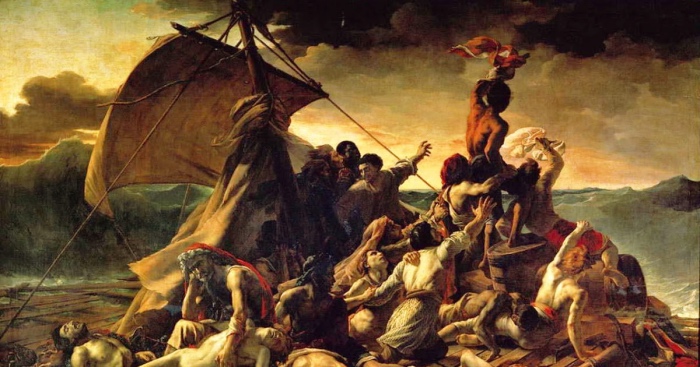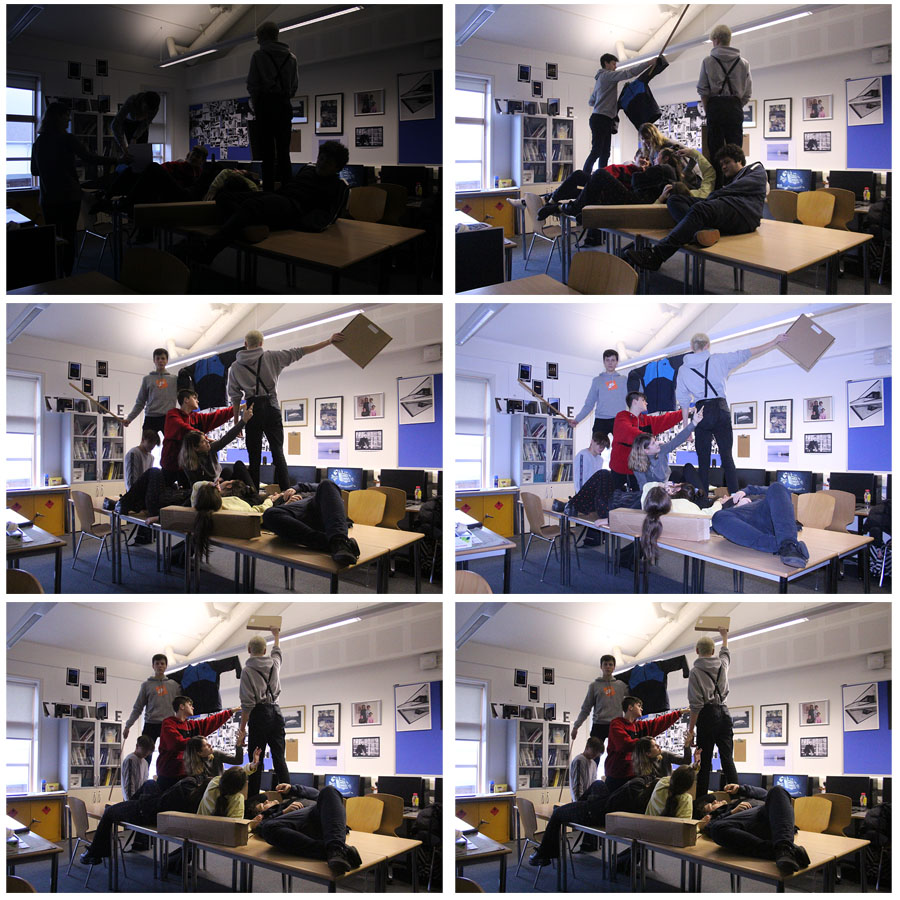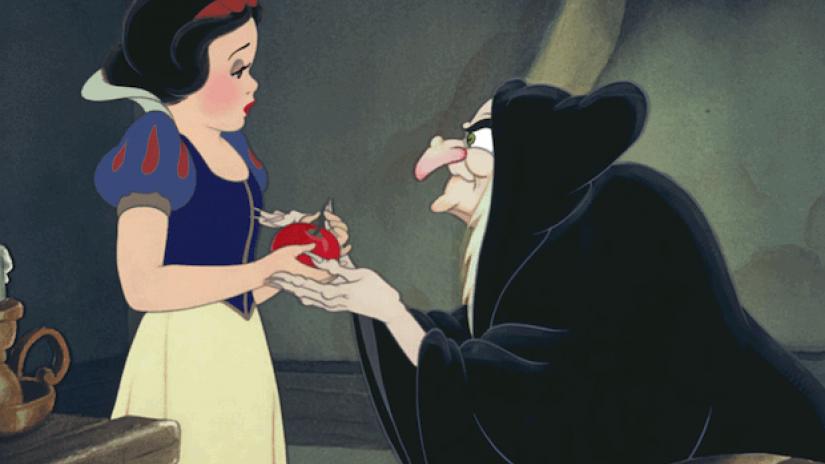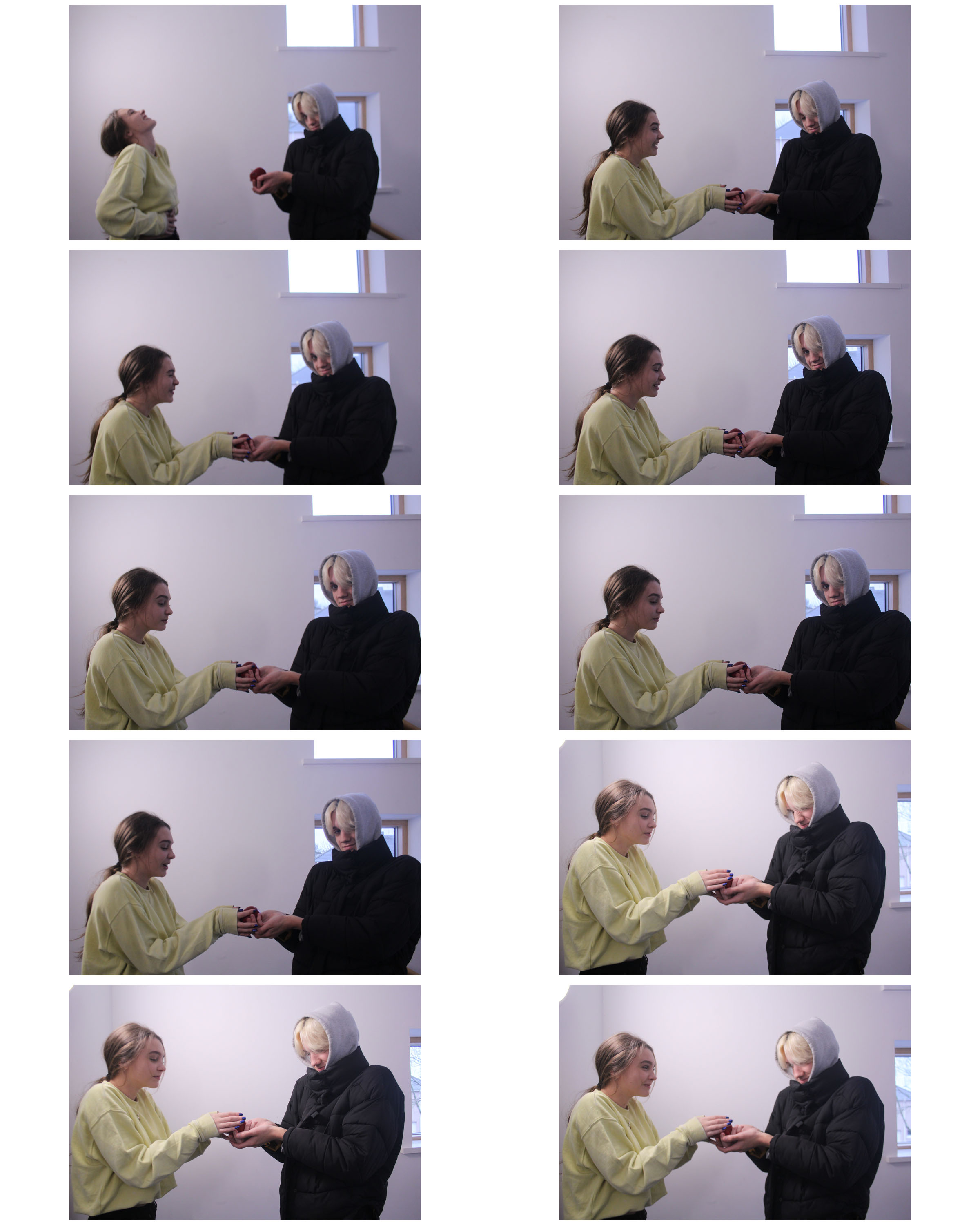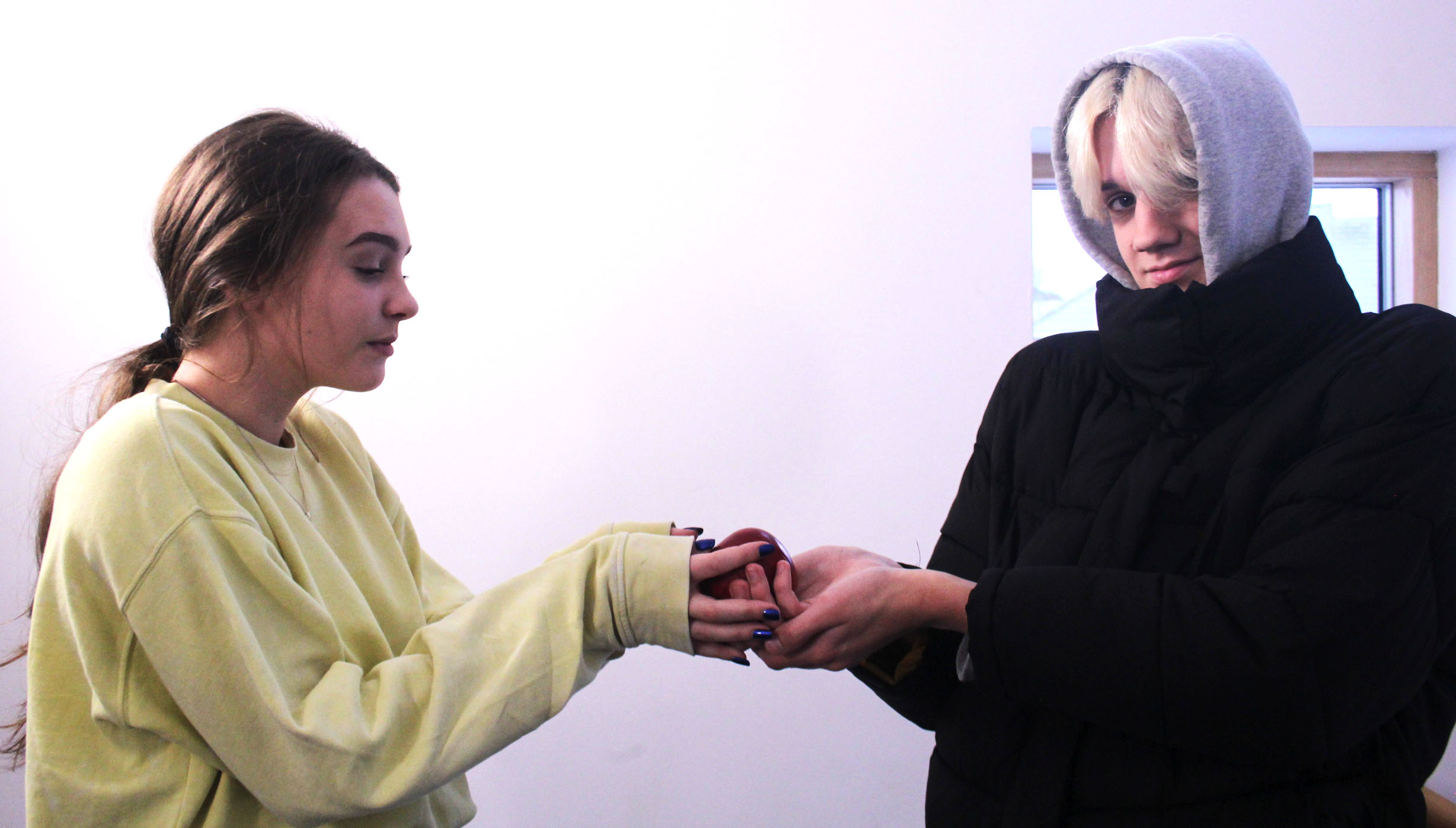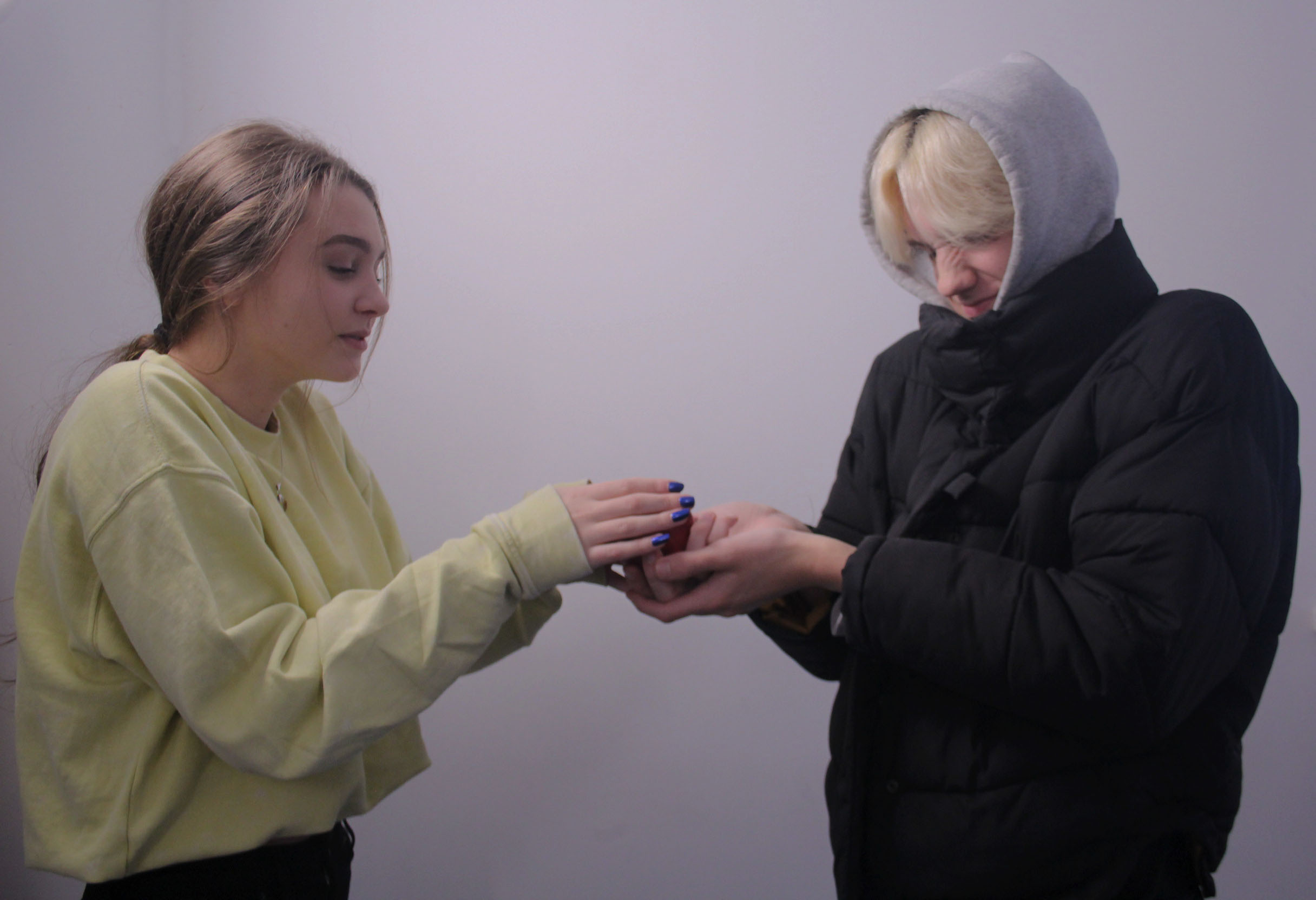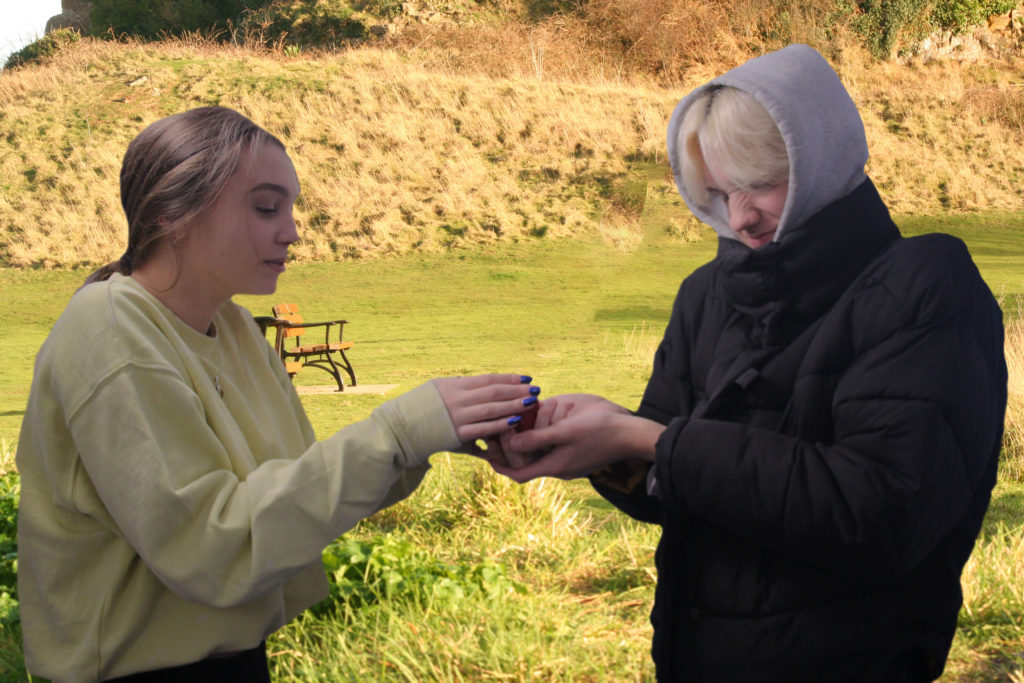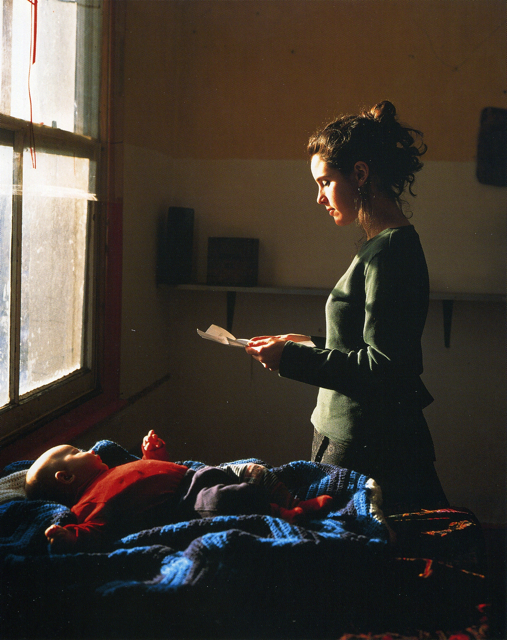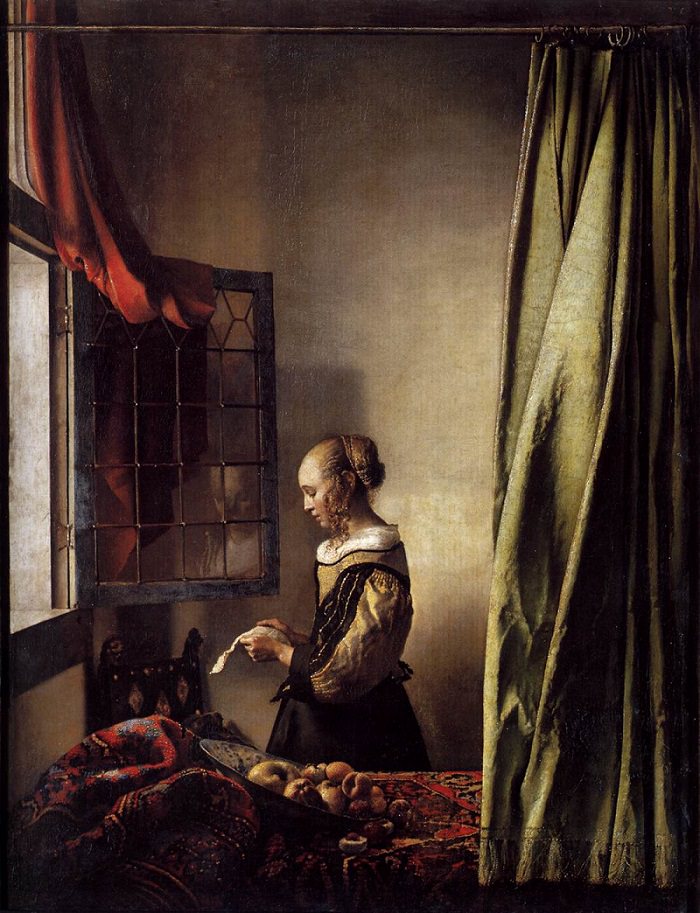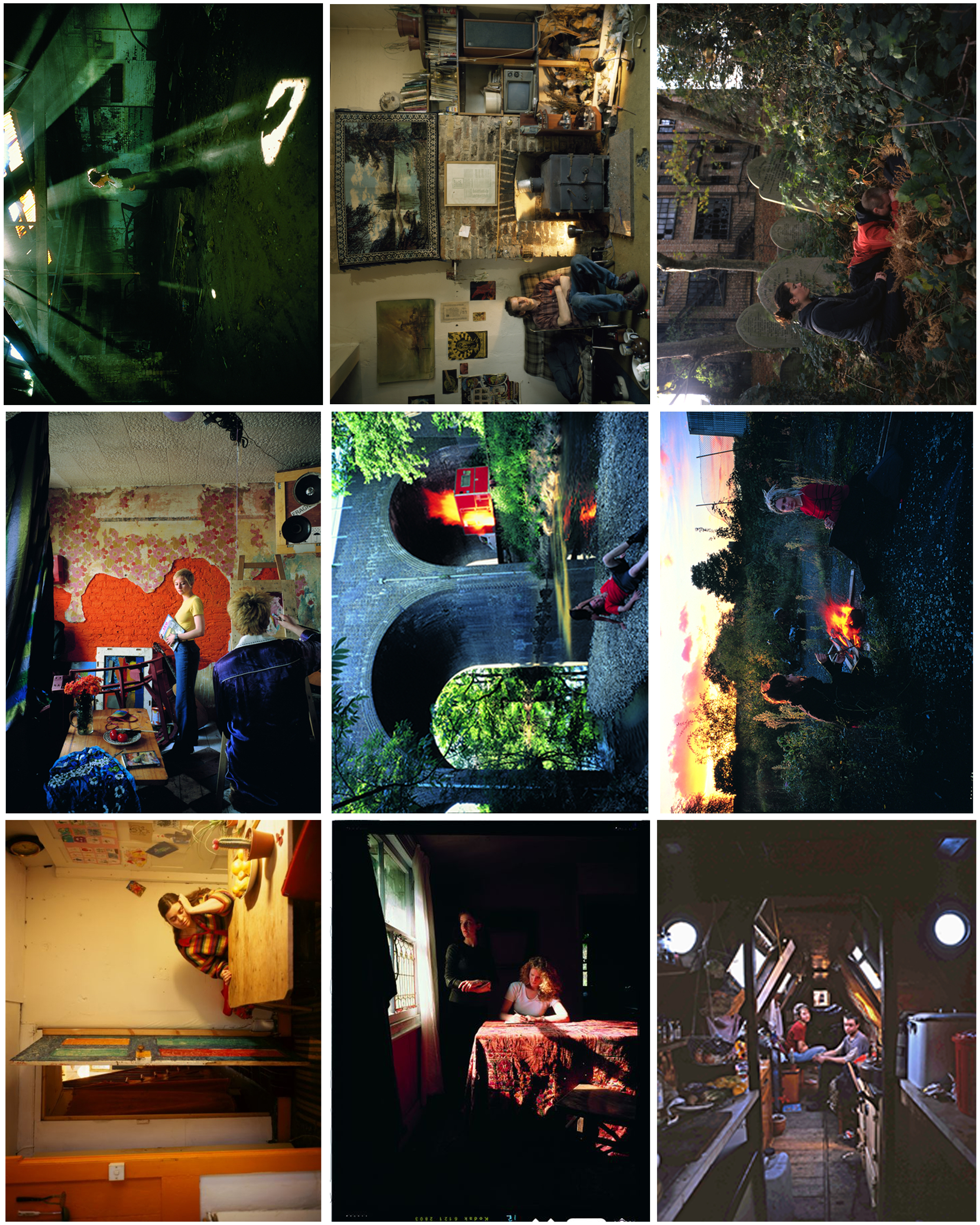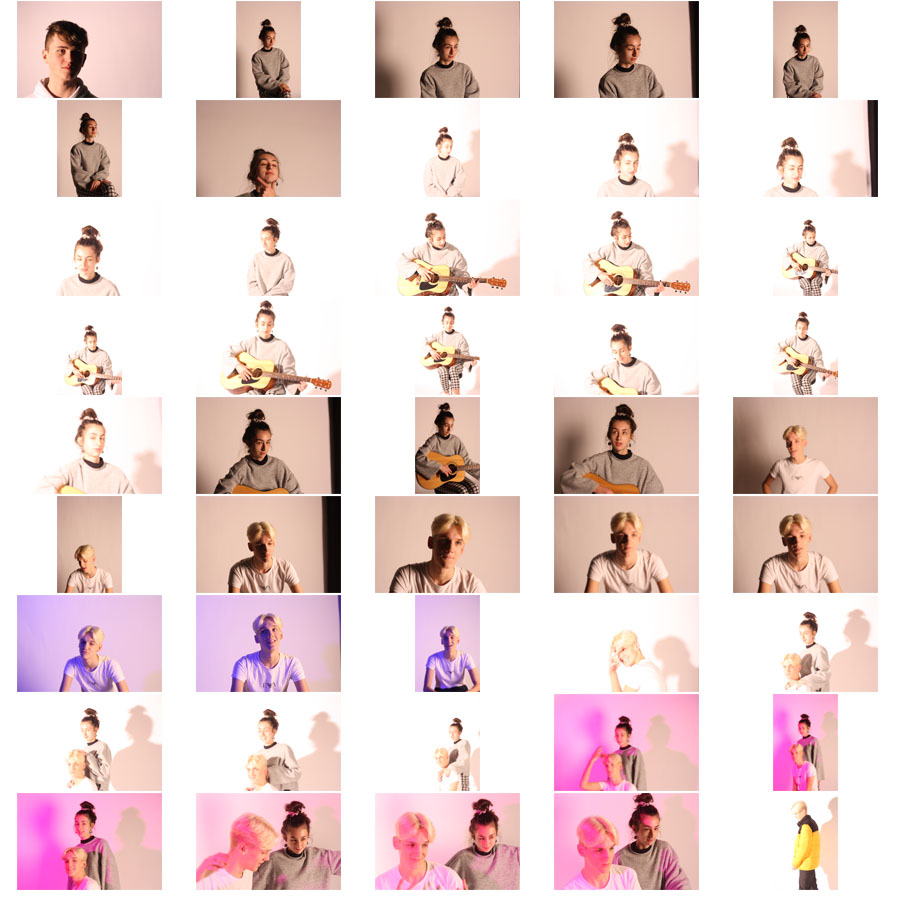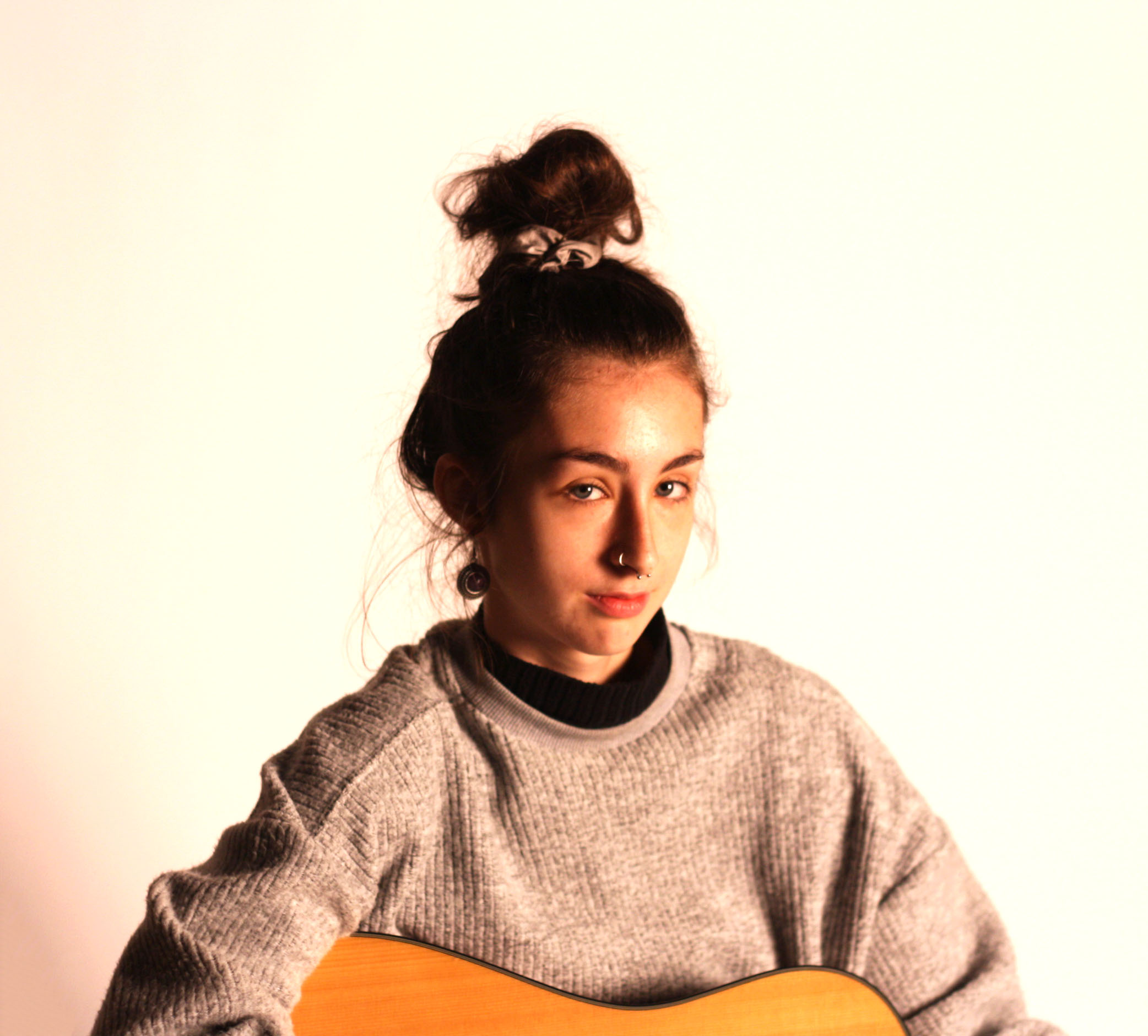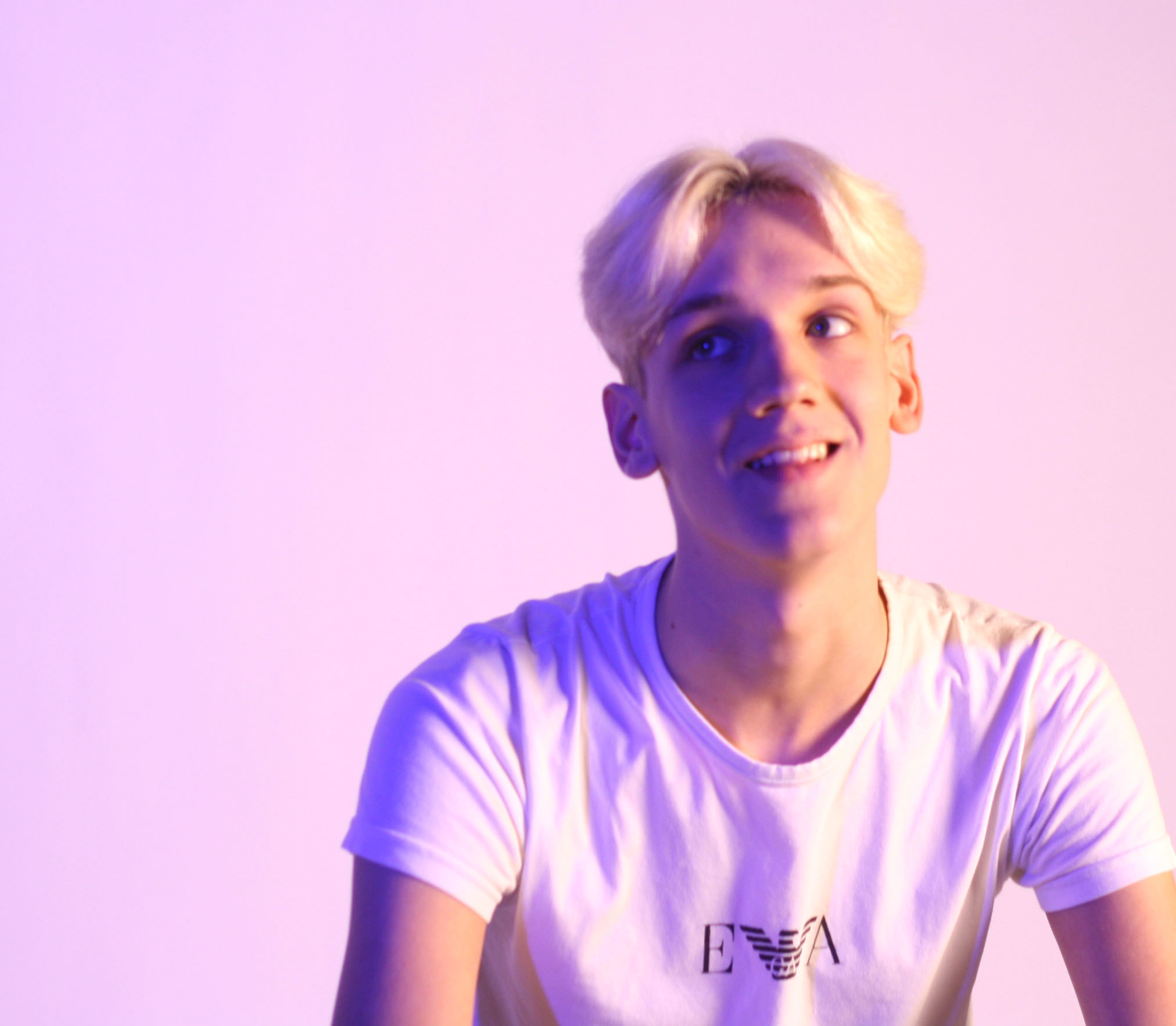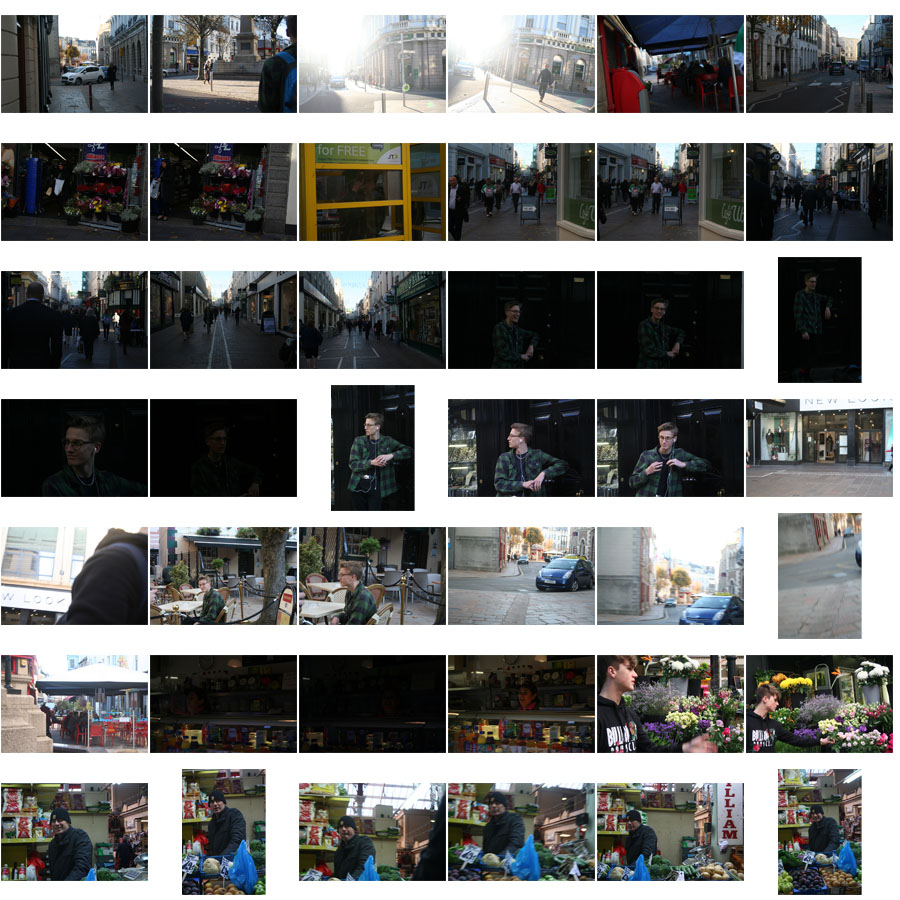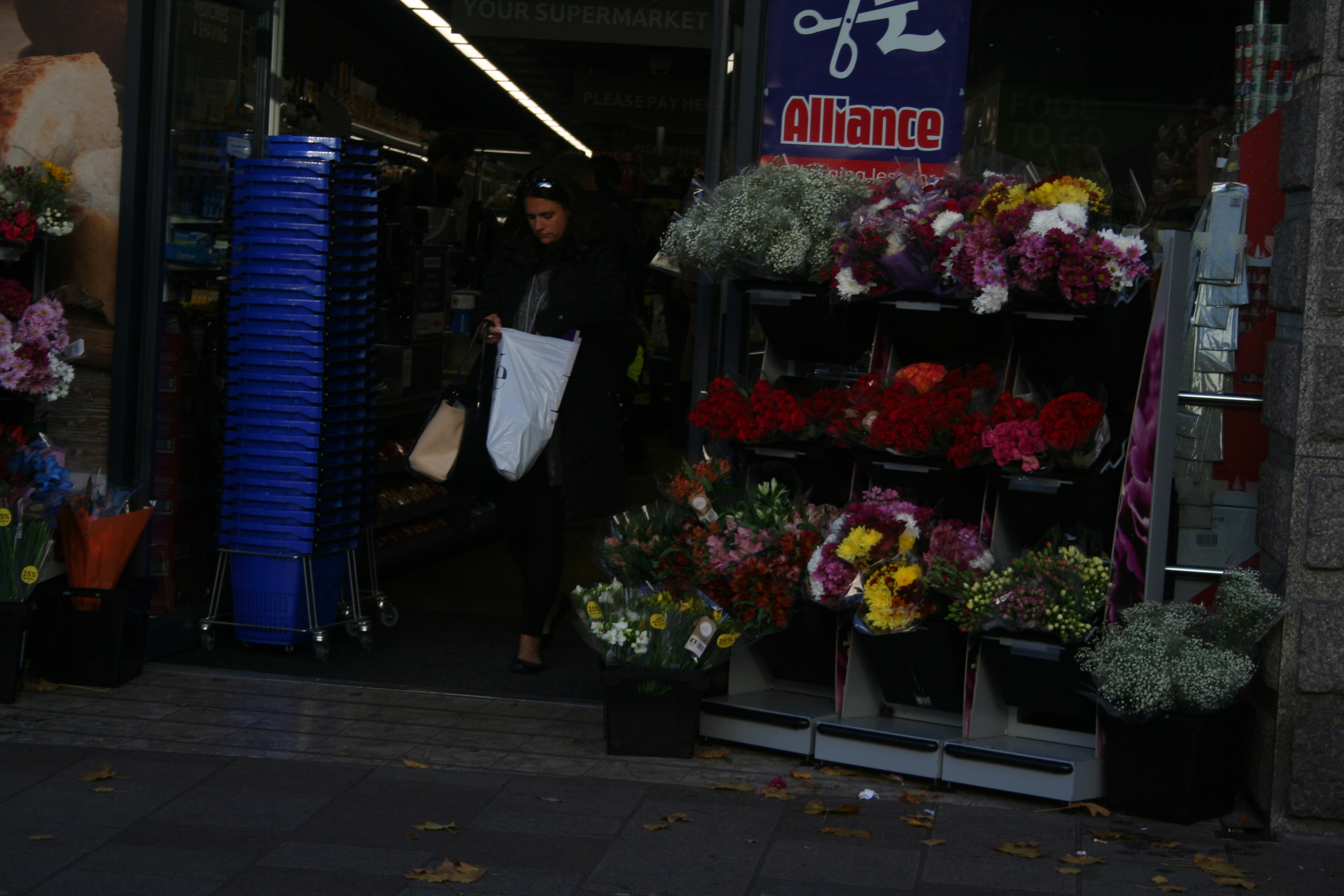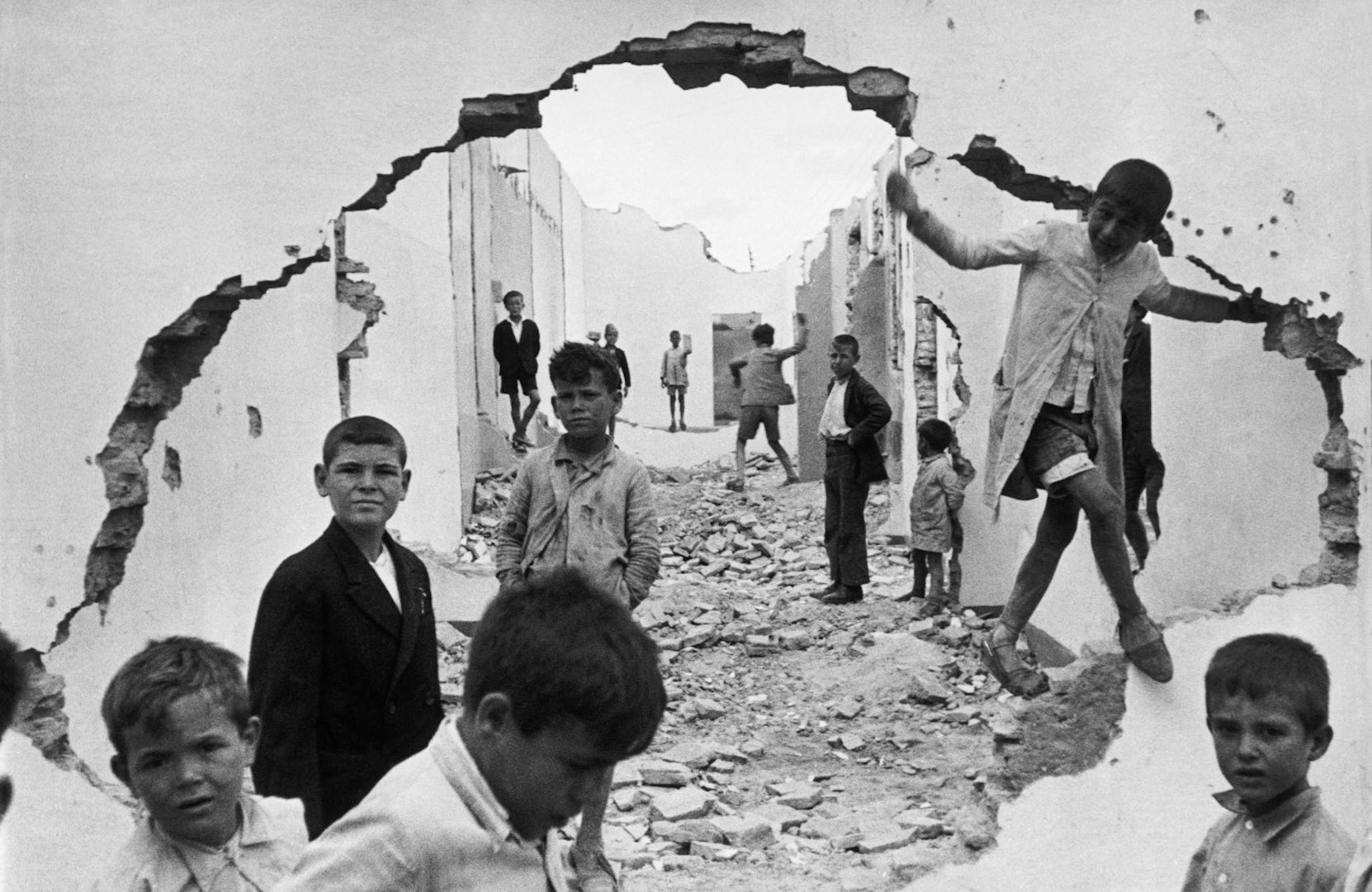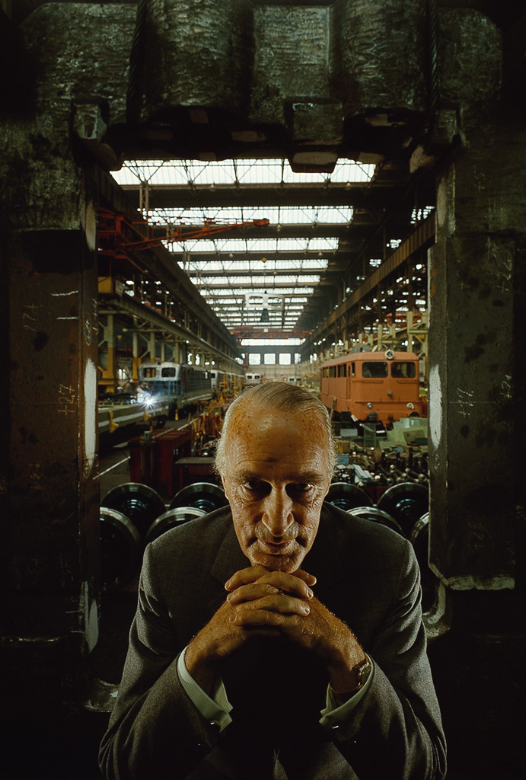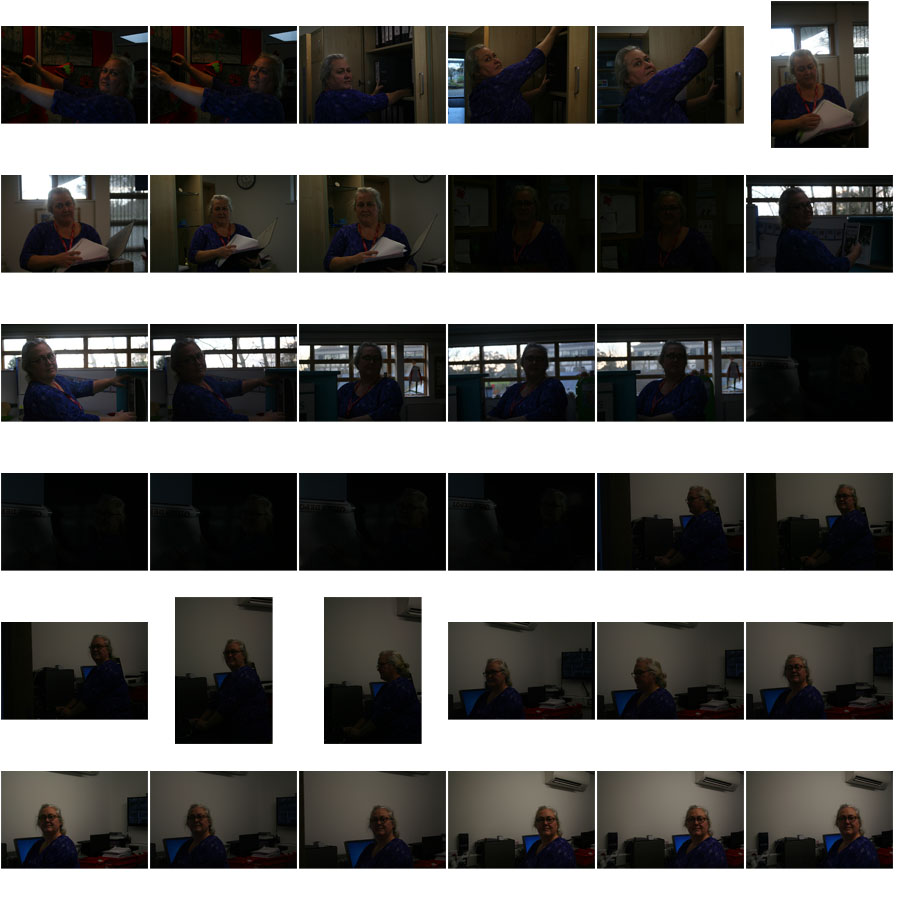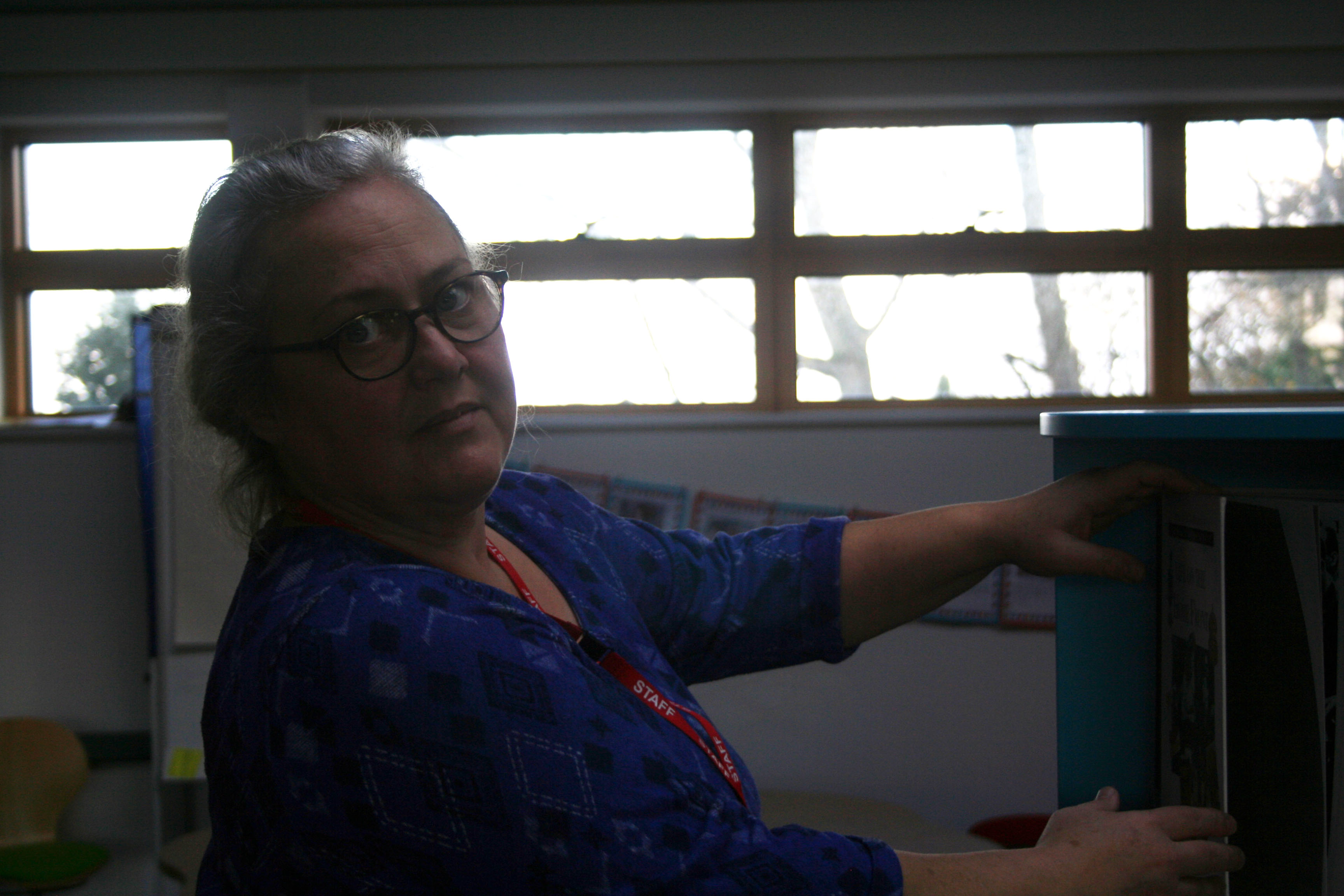Clare Rae is a photographer based in Melbourne, Australia. Her work has recently been placed in the CCA Gallery in Jersey, the work that has been put up is the work she has done that has taken inspiration from Claude Cahun. Some of Claude Cahuns work has also been put up to show the viewers of the gallery how Clare has taken inspiration and what she has changed from how Claude Cahun worked. Claude Cahun normally used her body in her images. In response to this Clare Rae has used her body in her images. She describes this as a private performance for herself. Her work shows her body as a piece of art. She is trying to present an alternate view of the female body.

Clare Rae like Claude Cahun worked mostly in black and white while taking images for this project. Though she used the same colour scheme to get contrast between lights and dark’s, Clare Rae normally used lighter background colours, so that in black and white it would become a lot brighter with the darker colours over the top. This is different from how Claude Cahun worked as she normally used backgrounds that were a lot darker and overlapped lighter colours on top.
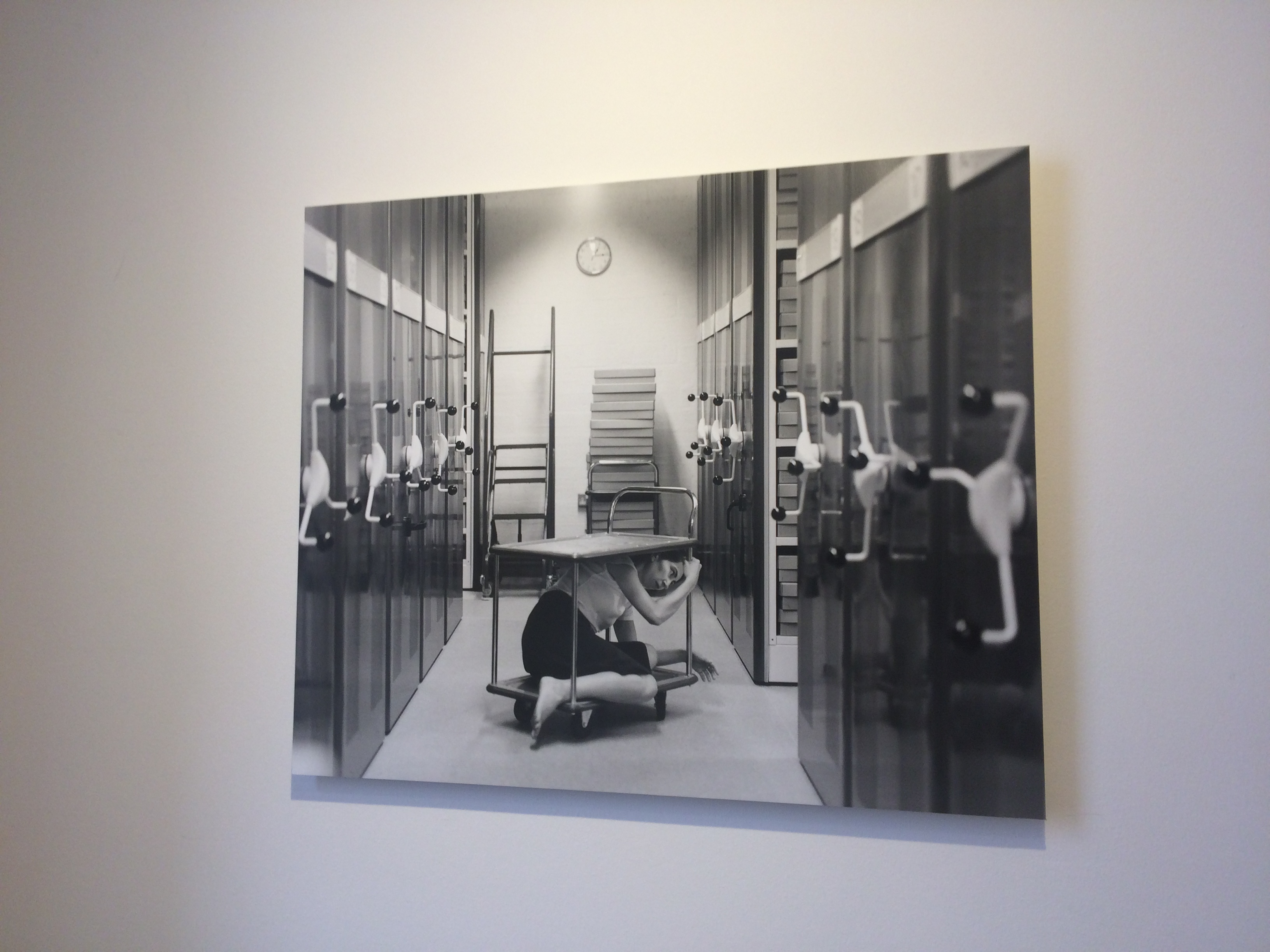
This is my favourite image in the CCA Gallery. It shows Clare Rae interacting in the environment in a way that makes her seem trapped.
Due to using their bodies as an art piece, both would have had to think about what they were wearing a lot in their images, to get what the wanted displayed in each image they took. They had to interact with the environment around them, this means that a lot of thought would have had to go into how they were going to pose themselves in their images.
In conclusion, the images produced by both people could be taken in multiple ways and have a different meaning for every person.

